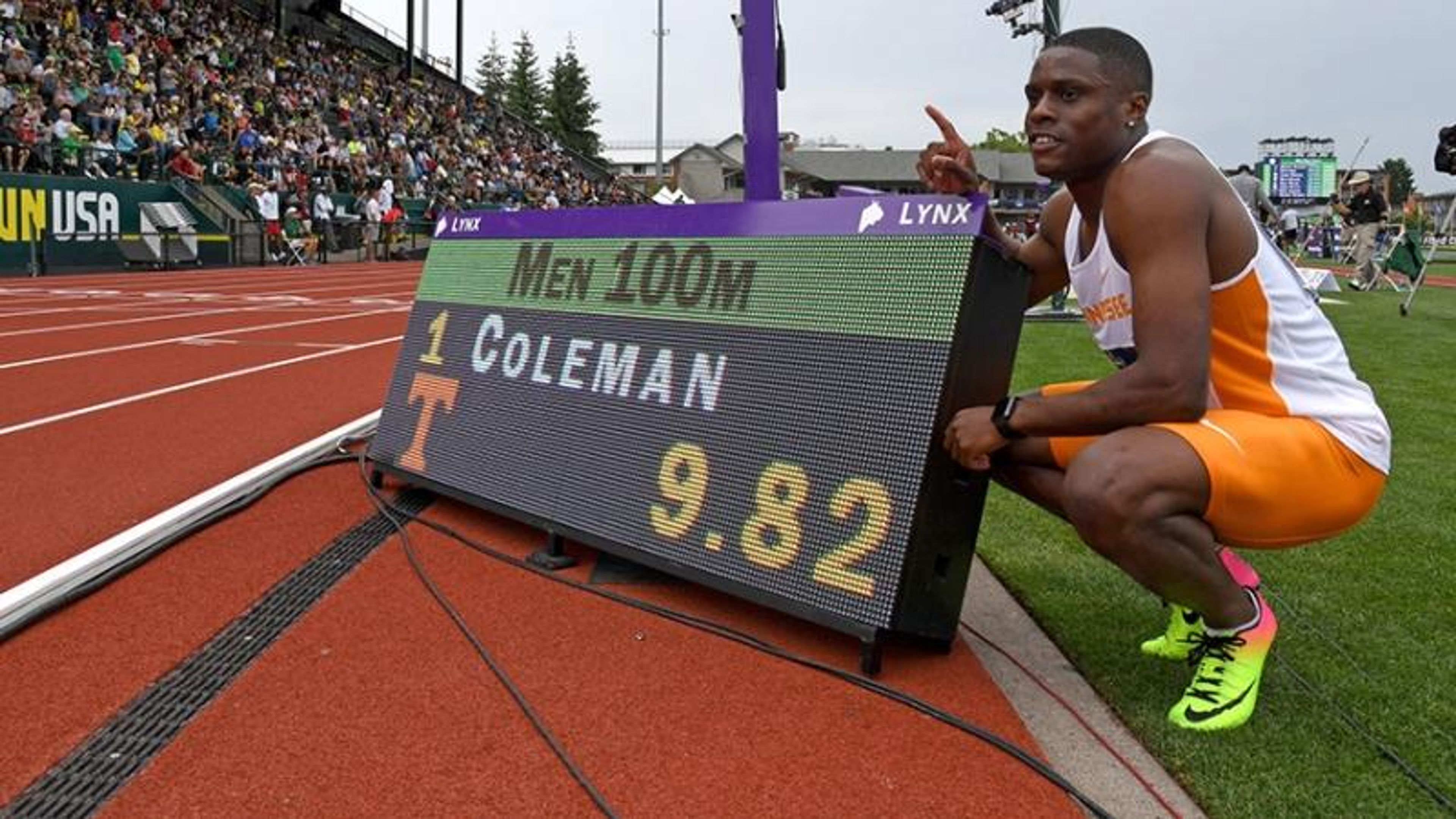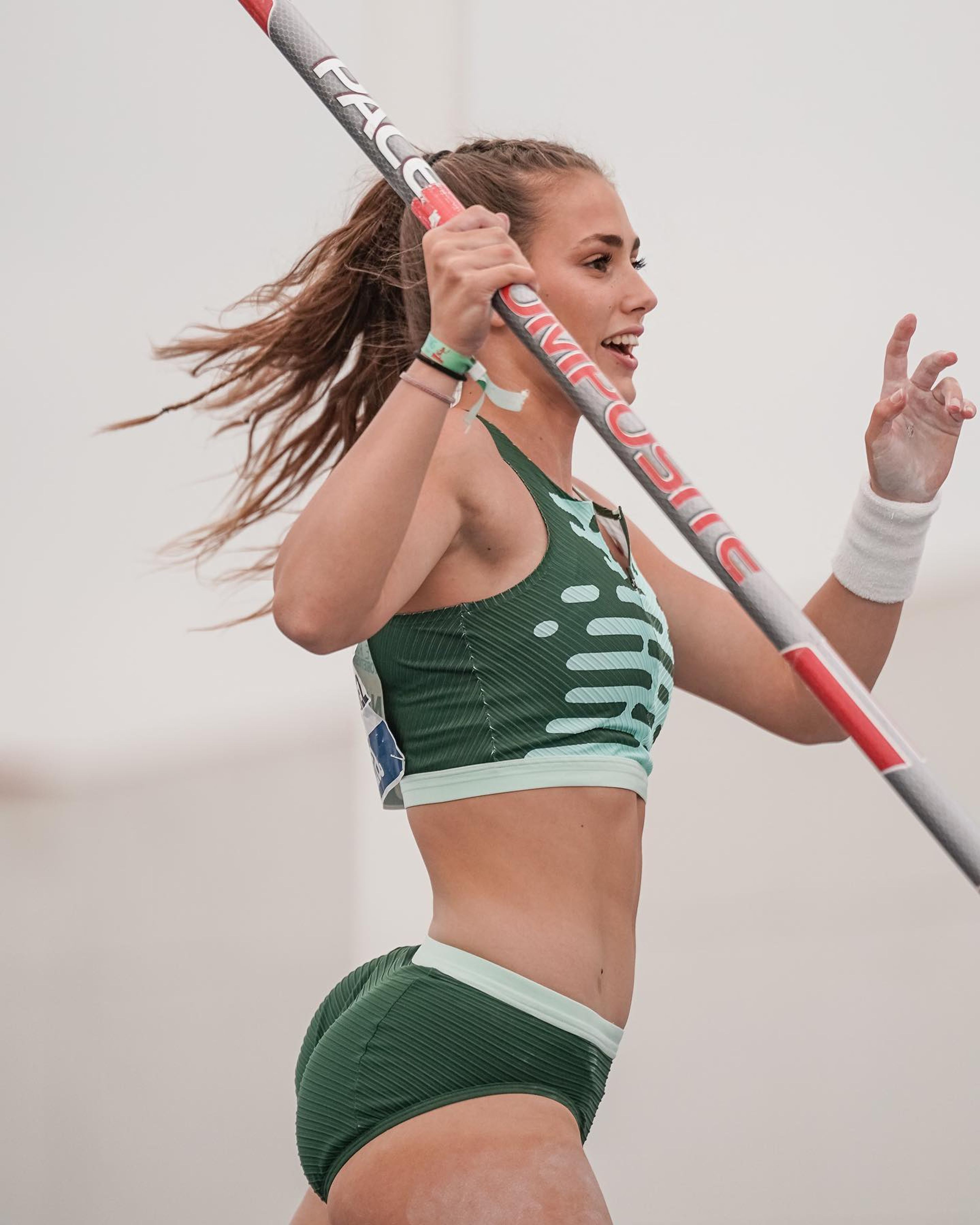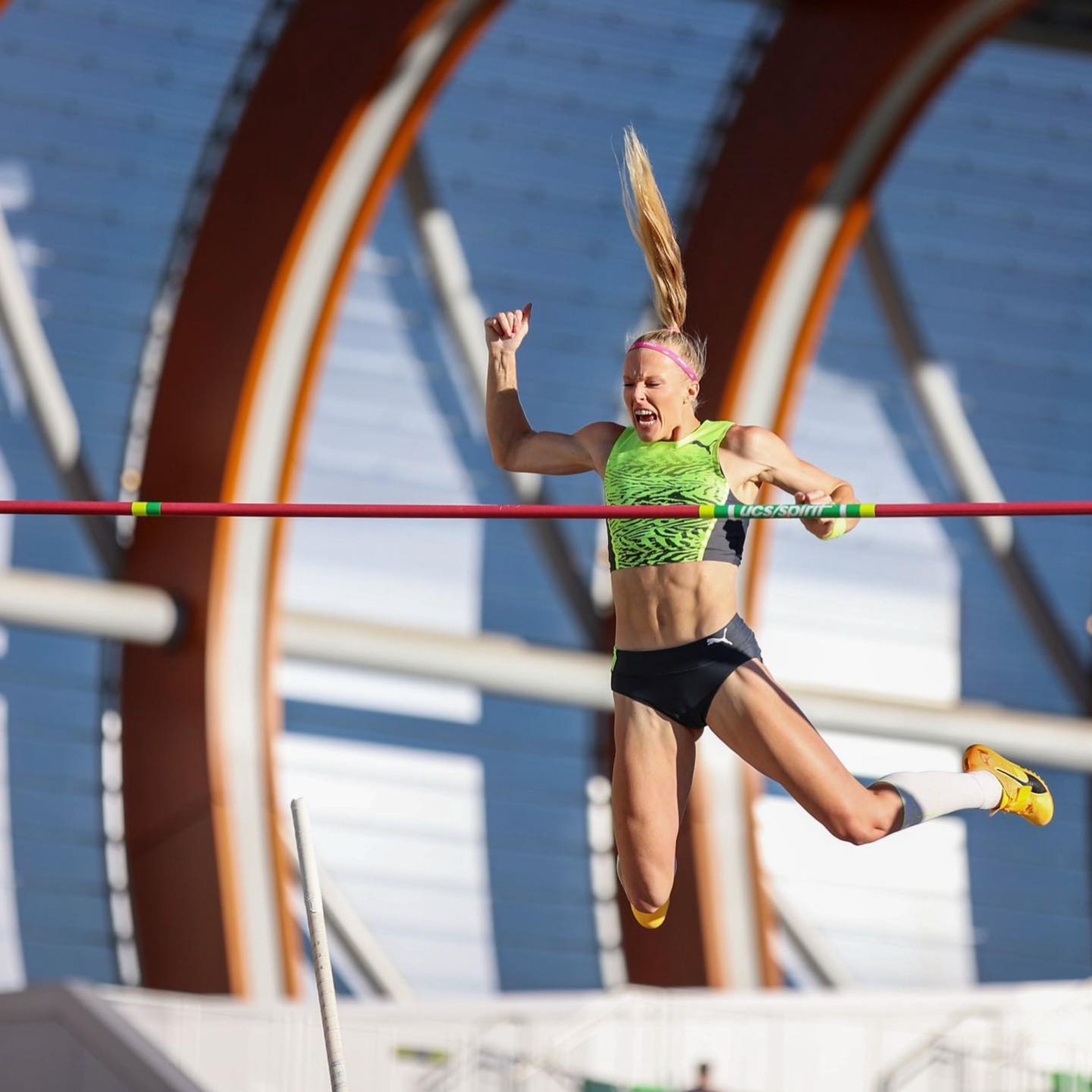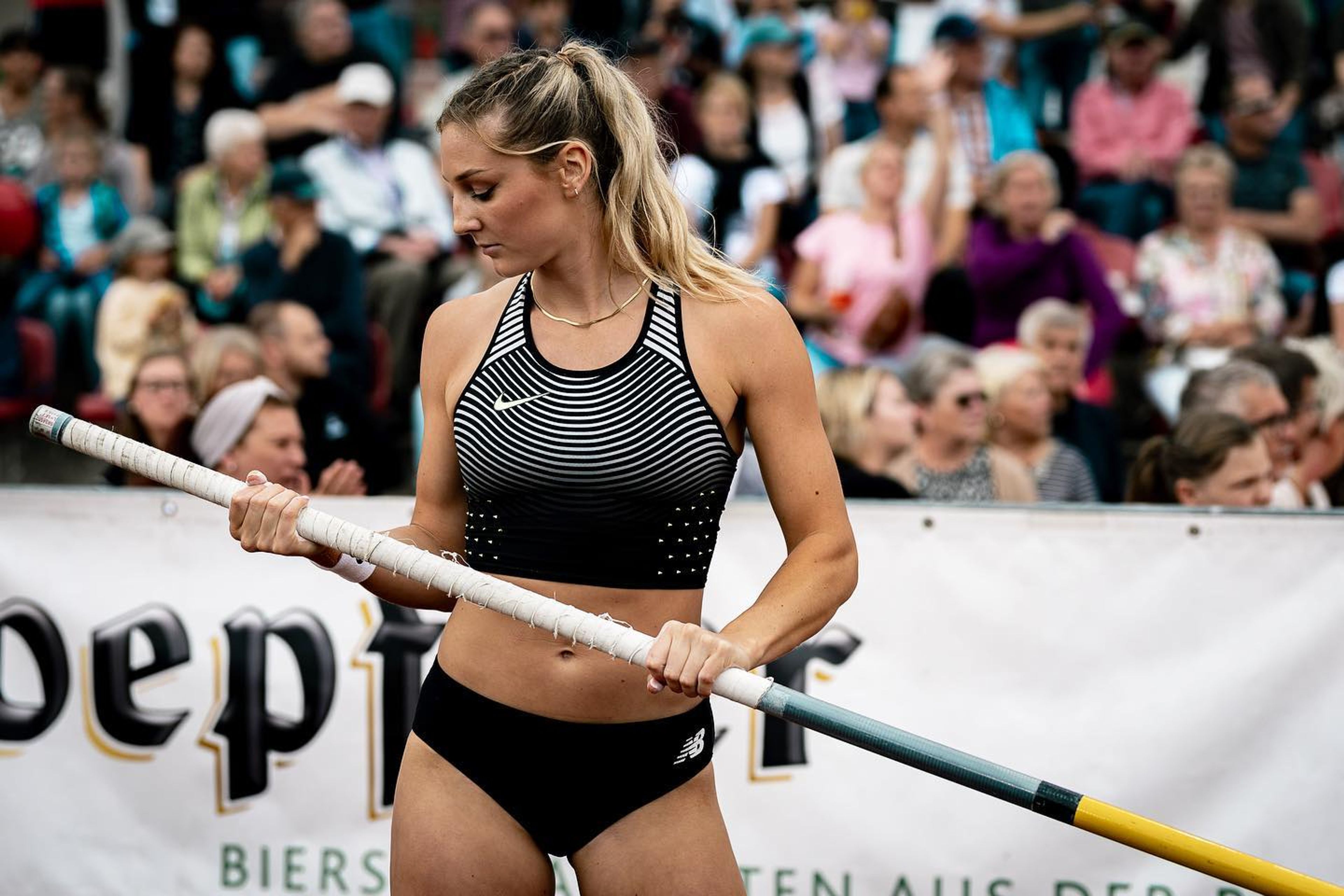NCAA Track and Field Scholarships: How New Guidelines Will Transform Collegiate Athletics
New NCAA guidelines will transform collegiate track and field by expanding roster limits and eliminating scholarship caps, adding over 750 scholarships across 40 sports. Discover how this impacts athletes and programs.
NCAA Track and Field Scholarship: A New Era
Context and Significance
In a groundbreaking move, the NCAA has unveiled new scholarship guidelines that promise to revolutionize collegiate track and field programs. This decision, part of a recent House settlement, is set to reshape the landscape of college athletics by expanding roster limits and eliminating previous scholarship caps. The implications of this shift are profound, offering a fresh start for aspiring athletes and their programs.
Major Shift in Scholarship Distribution
Starting in the 2025-26 academic year, the NCAA will transition from traditional scholarship restrictions to roster size limits. This change will introduce over 750 additional scholarships across more than 40 NCAA sports, with track and field emerging as one of the biggest beneficiaries. Specifically, the scholarship limit for men's track and field will increase from 12.6 to 45, adding 35.4 scholarships. This significant boost is expected to enhance the competitiveness and depth of collegiate track and field programs, providing more opportunities for athletes to secure a track scholarship.
The broader implications of this decision are equally noteworthy. By aligning with a new revenue-sharing model, the NCAA aims to prevent future legal disputes and ensure a more equitable distribution of resources. This shift marks a pivotal moment in collegiate athletics, promising a more inclusive and competitive environment.
Strategic Allocation by Coaches
With the new rules in place, coaches will have greater flexibility in distributing scholarships across various events. Several key factors will influence their decisions:
* Event Importance and Team Needs: Scholarships will likely be prioritized for events that contribute the most to team scoring, such as sprints, hurdles, relays, and major field events.
* Athlete Versatility and Potential: Athletes capable of competing in multiple events will be highly valued. Versatile sprinters and field athletes who can participate in various disciplines may receive more substantial scholarships.
* Performance and Rankings: High-performing athletes with impressive personal bests and national rankings will be prioritized to boost team success at conference and national levels.
* Academic and Cultural Fit: Academic performance and compatibility with team culture will also play a role in scholarship allocation, ensuring a well-rounded and cohesive team.
* Recruiting Class Balance: Maintaining a balanced team across different academic years will be crucial for sustained team performance, influencing how scholarships are distributed among recruits.
Financial Implications and Compliance
The financial implications of these changes are substantial. Elite programs are preparing to invest $3-7 million annually in additional scholarships, with some costs counting towards a new revenue-sharing cap of approximately $21.5 million. To comply with Title IX, increases in men's sport scholarships must be matched in women's sports, further driving up costs.
Not all programs will be able to afford these increases, leading some to reallocate resources by tiering sports and potentially reducing investment in less revenue-generating programs. This strategy includes staff and salary cuts and reducing scholarships in Olympic sports with minimal revenue.
Conclusion
The new scholarship rules mark a transformative moment for collegiate track and field, promising to enhance opportunities for athletes and elevate the sport's profile. With expanded rosters and increased scholarships, the future of track and field at the collegiate level looks brighter than ever. Coaches will need to strategically allocate track scholarships, balancing event importance, athlete versatility, performance, academic fit, and recruiting class balance.
As programs navigate the financial implications and compliance requirements, the landscape of collegiate athletics will continue to evolve. The expanded opportunities and elevated profiles for track and field athletes signal a promising future for the sport. Stay informed about ongoing updates and impacts on specific programs and athletes by following polevaulter.ai.









